A friend and I are working on several video installments which look at the affects of gentrification in Tacoma’s Hilltop neighborhood.
The first video is one in which we interviewed Tacoma hip hop artists who live in the Hilltop neighborhood, have been or still are long time gang members, some of whom spent time in prison for drug dealing.
During the 80s and 90s the Hilltop neighborhood was terrorized by the city and the police department, which used invasive tactics to remove low-income black residents from the neighborhoods and push them further away from opportunities that the inner city had to offer. In the late 80s Army Rangers had been involved in an intense shootout with Tacoma gangs, where over 300 rounds were fired, although no one was killed. After this notorious and widely-covered incident, arguably, the city began its indirect oppression of the Hilltop community.
The small group of residents we spoke to gave us an alternative story of the Hilltop neighborhood. The War on Drugs was essentially the US government’s way to keep social problems within a legal framework, they argued. Drug problems are social problems, not legal problems. The legal approach is an attempt to divide and conquer without addressing the underlying causes of addiction or crimes which result from addiction. “America is a drug-ridden society,” one resident told us. He mentioned Prozac, Ritalin, and other ways in which society has legalized its own medication. “We only choose which drugs to legalize and which ones to criminalize.”
We spoke to one long-time resident whose family had built a house on the Hilltop “with their bare hands” sometime before the 1970s. They were evicted in the late 80s and the house came under the possession of the city, which it then sold for over $200,000. The resident said that his family’s home, along with many others, had been labeled a “crack house” in order to justify hundreds of searches and seizures. Many of these raids “had it wrong” about which houses were in fact crack houses, he said.
Our interviewees said the police were known to confiscate drugs in one incident and plant them on other people in order to marginalize everyone in the community. Since a large number of Hilltop residents serving fifteen-year sentences for pushing cocaine and crack in the early 90s are being released about this time, those who we spoke with said it has been extremely difficult for them to find jobs, though some actually have college degrees. One of the Hilltop residents with a Master’s Degree told us that education doesn’t matter to the rest society as much as social capital and status does.
Today hip hop is becoming an alternative form of expression in Tacoma. We spoke with a record label startup whose owners suffered through the 80s and 90s on Hilltop, and feel that making music is one of the only legal ways they can be accepted once again into society. However, with the recent anti gang bill, 2712, they argued that even hip hop is being shunned by the city and the police. The city has urged, and in more recent cases forced, venues and nightclubs to refuse hip hop due to “gang activity”, affecting local producers as well as touring artists.
We asked our interviewees about gangs, especially the Hilltop Crips, which most had been or still are associated with. They said the Crips were a community response to police power since the beginning. “Community Revolution in Progress” is what they called it. They feel that, since the 80s and 90s, black youth and its culture had been so marginalized through city zoning laws and policies which ban activities that might otherwise be acceptable, the gangs were a necessary response to this. Since the low income neighborhoods are heavily policed, it magnifies the likelihood of encountering police and being subject to random stops (“terry stops”). The gangs were originally a way to police their own neighborhoods, they said.
We also spoke with them about the prison society, which they argued everyone is socialized into. It is something that makes black offenders worse off than white offenders through its biased structure and non-rehabilitative aspect. Taking a more “restorative” approach to community and criminal justice, especially when many of these crimes are victimless (that is, when there aren’t any breaches of civil liberties involved) they argued that the creation of a prison society has been a very ineffective way of dealing with society’s problems.
Gentrification is the process of supposedly “restoring” neighborhoods like the Hilltop. The city designs zoning ordinances, arranges deals with condo developers, and subsidizes other activities in order to bring economic development to the neighborhood. In so doing, they push long time black residents to Spanaway, East Tacoma and places that are far from growing centers of economic activity where they may have access to greater opportunities. Police misconduct and city planning biases are an integral part of this. Since low income residents often do not have the time to digest city ordinances, they are scrutinized for things that higher income residents are not, even though higher income residents may not be following or understanding these ordinances either.
The low-income residents, on the other hand, incur higher costs by virtue of their location and socio-economic status. This may take the form of car towing bills, police harassment, fines, being arrested for things like spitting in public (which are used very selectively), housing evictions, police raids, sting operations, and incarceration for various blackmarket activities which many have turned to. Post-conviction socio-economic status affects to lower income communities of color in greater ways since the convictions less recuperative socially than they would otherwise.
In the future, I’ll be posting this video the blog, and in the future (time permitting) I will post other videos which looks at the socio-economic affects of gentrification on black-owned businesses in the Hilltop neighborhood.





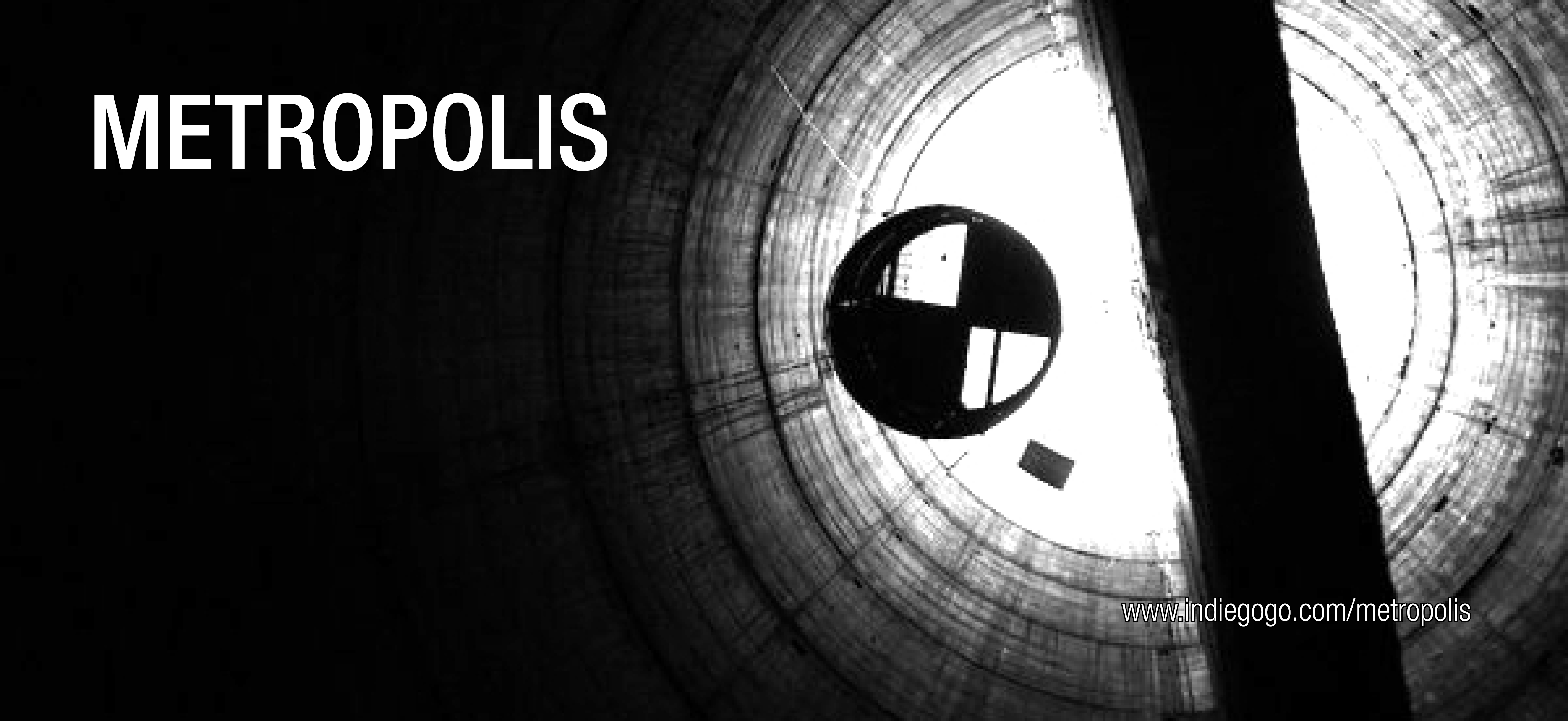



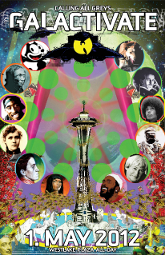








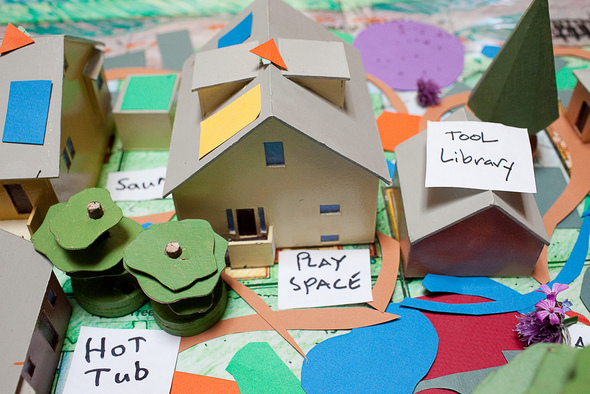


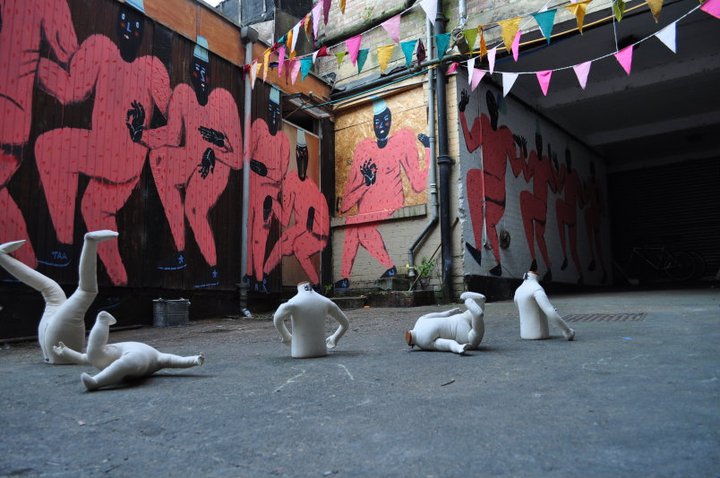
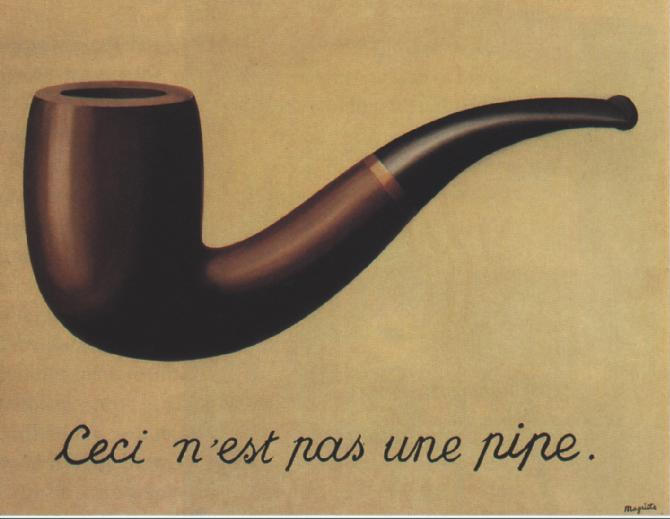





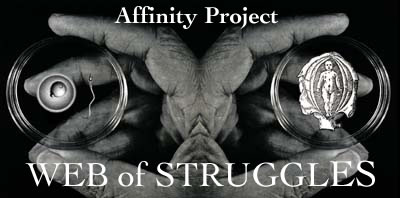

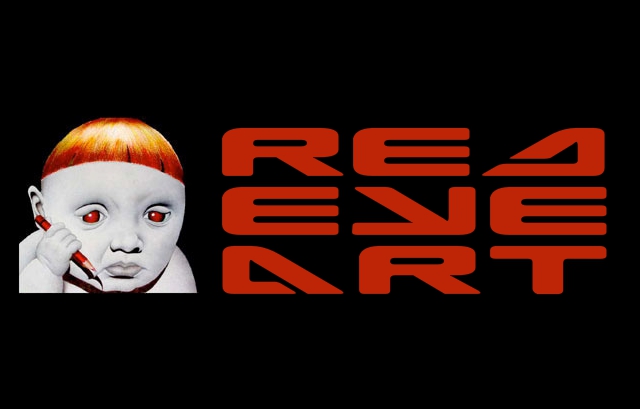



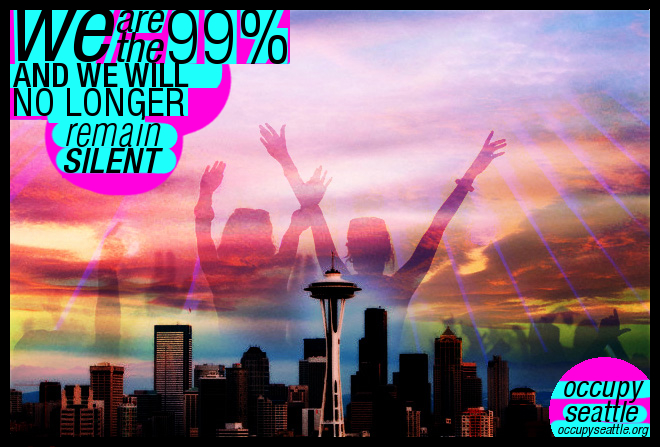


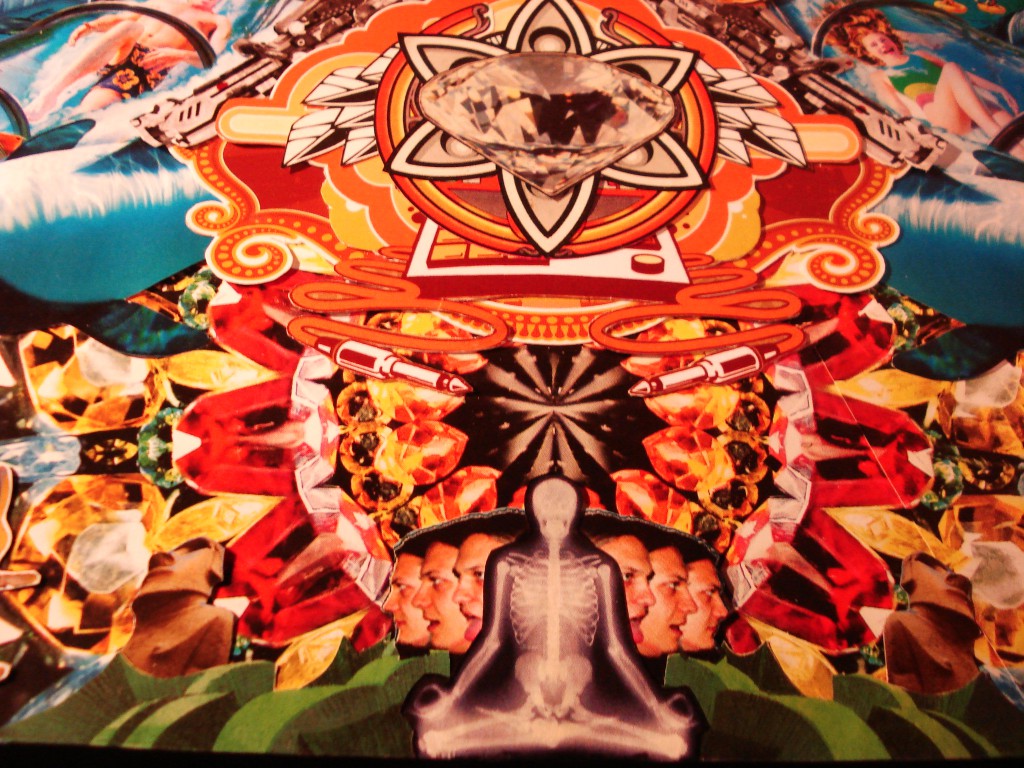













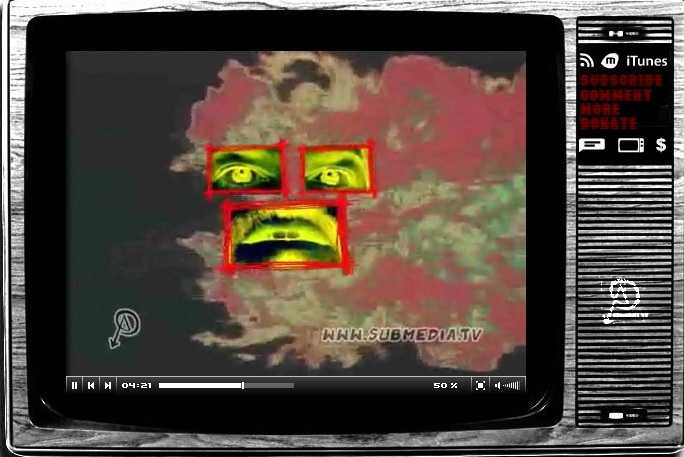
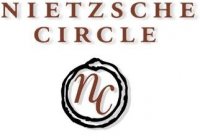
Good read 🙂
I’m not sure that I agree with anything you wrote about in this blog. Hey, guess what….PEOPLE MAKE THEIR OWN FRIGGIN CHOICES IN LIFE. And if YOU chose to slang drugs cause you feel like economic development is holding you down then that’s your fault. Try going to the library instead on 11th and Tacoma and graduate high school like the rest of america. I’m tired of the gangs and there is NO excuse for them in my neighborhood. this blog makes me sad. And to think you’re saying that gangs were the way the neighborhood was protecting itself from the police…are you serious? Wake up and realize that you are a product of your own destiny.
Gangs develop for various reasons. For Tacoma it’s not difficult at all to say that they developed because certain drugs were illegal, just like prohibition created alcohol-dealing gangs in the 1920s. The police, and the existence of other outlawed rivals makes it bloody.
And since from what I’ve researched the Hilltop Crips were really the first gang for a while selling crack on a large scale in Tacoma, they conflicted directly with the police and then eventually with other gangs. That’s what the history looks like.
So, if you want to argue this interpretation is wrong, you should put up a better argument than that commonsense buffoonery you posted here. You not only have to argue against the history, but also living witnesses who were a part of those gangs. Steep hill for you to climb.
People do make their own choices. So do states and local governments, who make choices for everybody in their jurisdiction. If you really were an advocate of autonomy, which you aren’t, you would recognize the inequalities built into the legal justice systems, the city codes, the police conduct. Sorry for you and your naive laissez faire attitude, which only goes so far.
This article is ridiculous. I lived there before and after gangs, and I’d rather not be afraid all the time….I’ll take the “after”, any day of the week.
Hi, i think that i saw you visited my web site so i came to “return the favor”.
I’m trying to find things to improve my website!I suppose its ok to use a few of your ideas!!